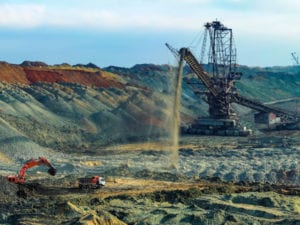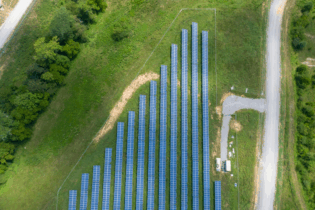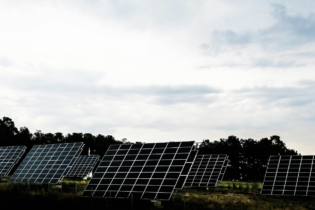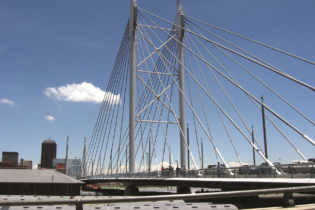Subsequent to the Minister of Mineral Resources and Energy, Gwede Mantashe’s, address at the 26th Investing in Africa Mining Indaba, a series of headlines appeared proclaiming that “mining companies can generate own power without licenses”.
Several clients picked up the phone to ask our firm: “is this true?”. The relevant paragraph of the official written text of the Minster’s speech says: “Following concurrence by energy regulator, NERSA, we are in the process of gazetting a revised Schedule 2 of the Electricity Regulation Act; which will enable self-generation; and facilitate municipal generation options under “Distributed Generation”. This will help close the energy gap caused by deteriorating Eskom plant performance. Depending on the circumstances, the generation plant may only require registration and not licensing“.The current regulatory context
The central piece of legislation regulating electricity in South Africa is the Electricity Regulation Act, 4 of 2006 (the ERA). Section 4 of the ERA grants the National Energy Regulator of South Africa (NERSA) various powers and duties in respect of the electricity regulation framework, including the consideration and issuance of generation, transmission, distribution and trading licences, and the regulation of tariffs. Schedule 2 of the ERA sets out activities which are exempt from the obligation to apply for and hold a license. These activities must still be registered with NERSA. These activities currently are, in summary, the operation of a generation facility:- of no more than 1MW that is connected to the national grid, where there is a single customer, no wheeling of electricity through the national grid and the Minister has not published a notice in the Gazette stating that the amount of megawatts allocated in the IRP for embedded generation of this nature has been reached;
- of no more than 1MW that is connected to the national grid, where there is a single customer, wheeling through the national grid and there is an allocation for that electricity in the IRP;
- of no more than 1MW that is not connected to the national grid, where the operation is solely to supply the owner of the generation facility in question or for consumption by a customer related to the generator or owner of the generation facility on the same property where the generation facility is located (this category currently seems the most applicable to mines, except that mines would generally look to procure electricity generation capacity way in excess of 1MW, for example, some mining companies are looking to procure between 40 and 60MW of private generation capacity);
- for demonstration purposes only, where the electricity produced is not sold and the facility will be in operation for less than 3 years; and
- where the electricity is produced from a co-product, by-product, waste product or residual product of an underlying industrial process and where the operation is solely to supply the owner of the generation facility or for consumption by a customer related to the generator on the same property where the generation facility is located.
The Integrated Resource Plan gazetted in October 2019 is South Africa’s plan for the procurement of generation capacity up to 2030. The last such plan was the Integrated Resource Plan 2010 (IRP 2010) promulgated in March 2011, and such plans are intended to be updated every two years.
Section 10(2)(g) of the ERA allows the Minister of Mineral Resources and Energy to grant deviations from the Integrated Resource Plan. In May 2019, Jeff Radebe, the previous Minister of Energy, wrote a letter to NERSA granting a deviation from the then extant IRP 2010-2030 for licensing the operation of generation facilities between 1 and 10MW. Now, the current Integrated Resource Plan does not cap the amount of distributed generation that may be produced up to 2022. From 2022 to 2030, it is capped at 500MW per year. Distributed generation in the current IRP refers specifically to projects between 1 and 10MW.







